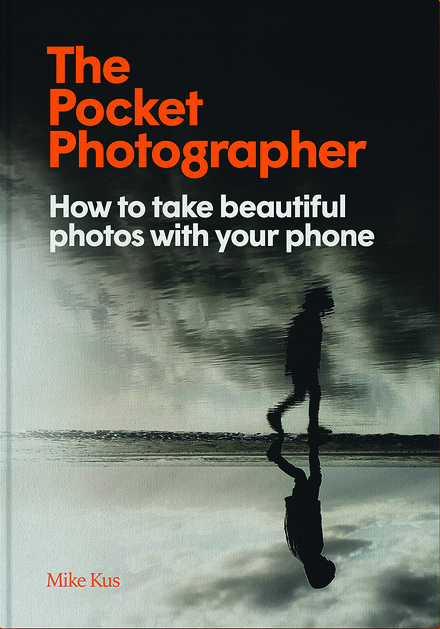Magazines and books are full of beautiful landscape photographs that many of us could only dream of capturing ourselves, because we lack the technical knowledge and the camera equipment to achieve such impressive, professional results.
But is this really true? The short answer is ‘no’. Cameras don’t take photos – people do. Ninety-nine per cent of what makes any photograph a success is you. It is the creative decisions you make that will have the greatest impact on the photographs you take, and not the equipment you use. Which means that you don't need an expensive camera and you shouldn't be put off by a lack of technical knowledge.
With a few simple tips and a bit of creativity, anyone can take beautiful photographs of their surroundings. All you need is yourself and your phone, and you’ll soon be submitting images to the Countryfile Calendar competition.
Here's our expert guide by a professional photographer to help you capture your perfect landscape or wildlife photograph with your smartphone.
Tips and tricks to take good photos using your phone
1. Landscape composition
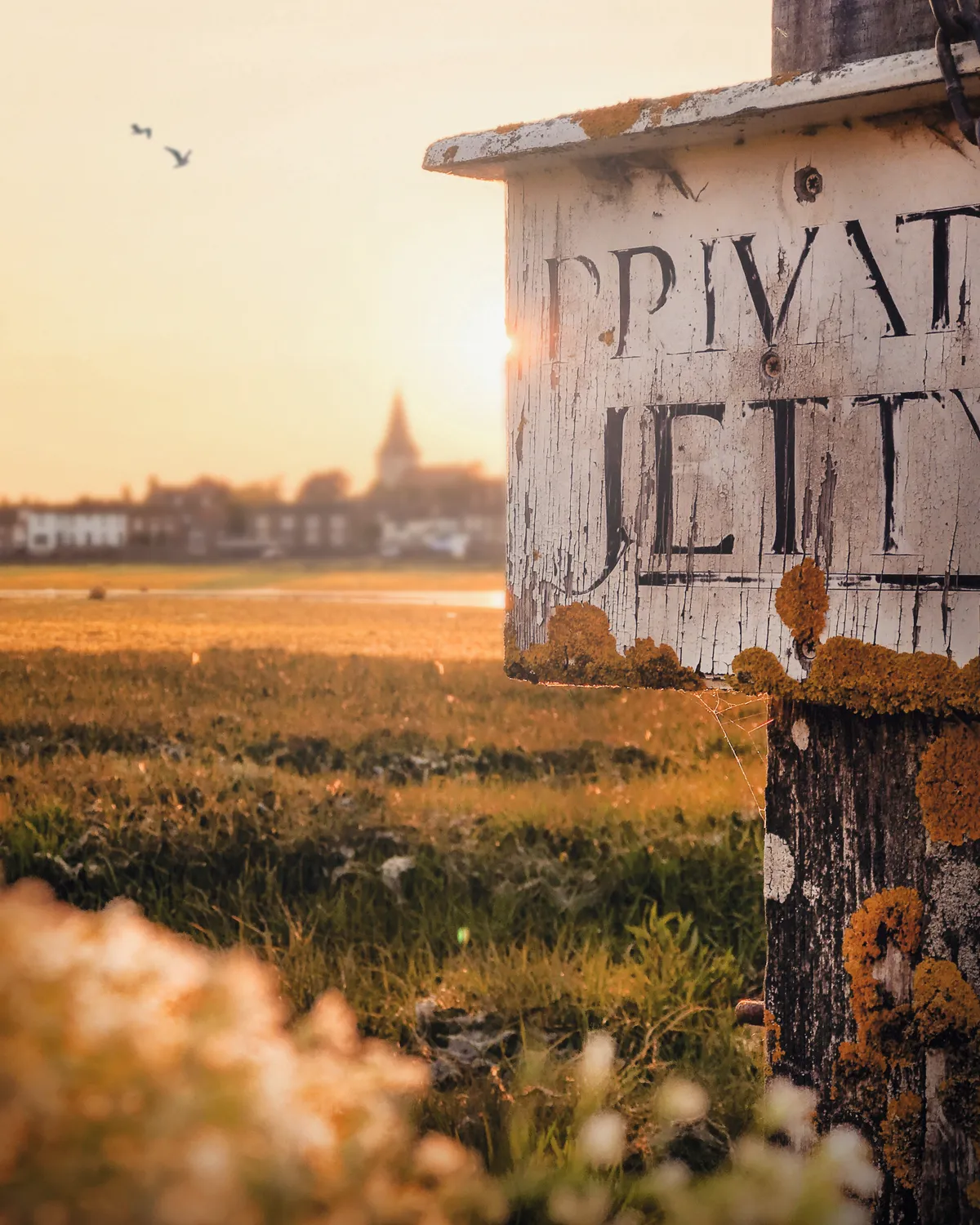
It’s the arrangement of objects and elements in a photograph that gives a picture a sense of depth and balance. To create a genuine sense of depth, we need to create a composition that has multiple layers: a foreground, mid-ground and background.
To achieve a sense of depth, try placing a foreground object – such as foliage, a fence or signpost – into your frame. This will help accentuate the distance between the foreground and background. Then use the mid-ground area of your picture to tie it all together and bring balance to the image.
- Landscape Photographer of the Year 2022
- How to enter the UK Landscape Photographer of the Year competition
2. Change the vantage point
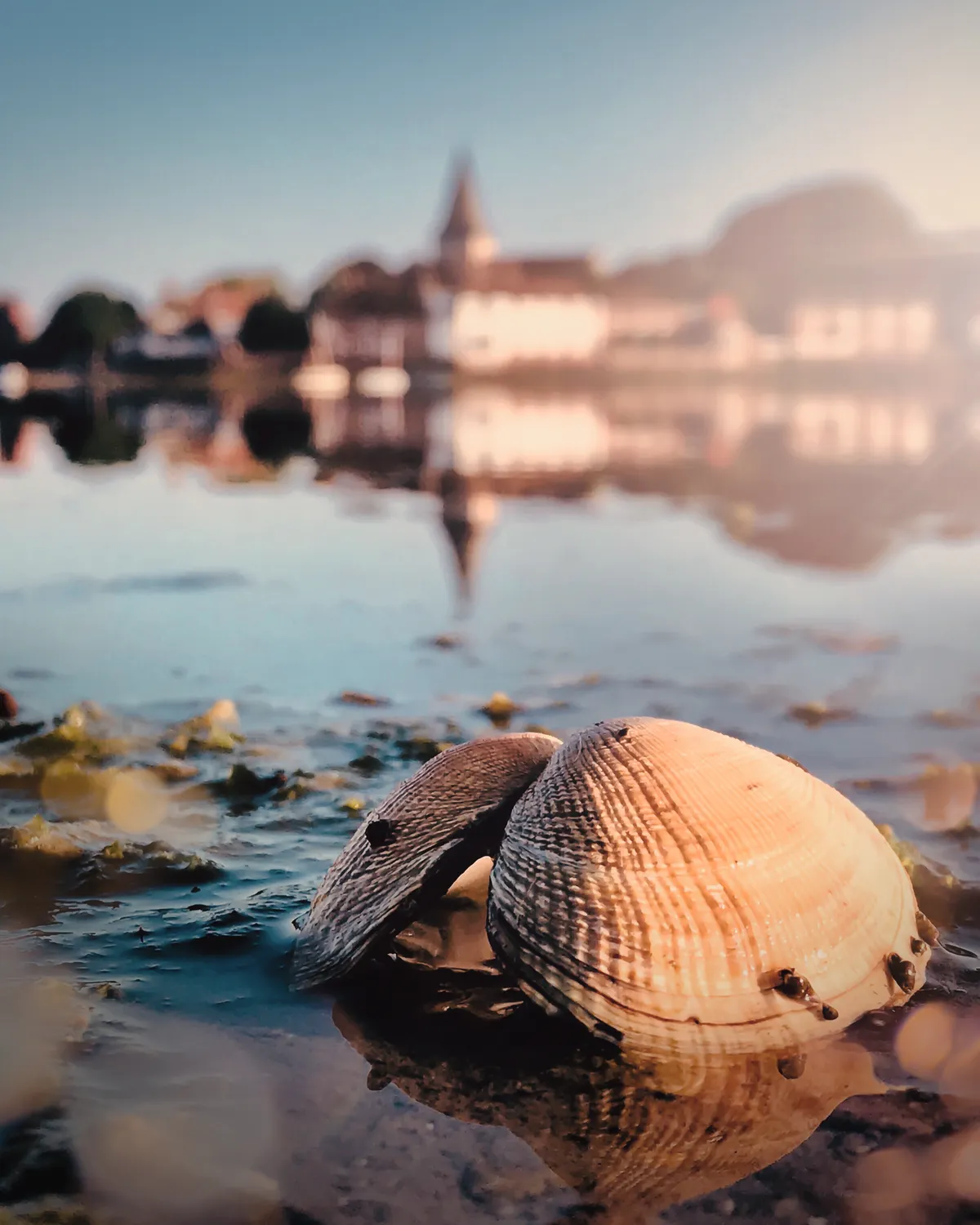
Changing the vantage point from where you shoot a photograph can dramatically alter the outcome. We are used to seeing the world from eye level – needless to say, it’s an unsurprising viewpoint. By simply changing the height you take the image from, you can transform a standard composition into something very different.
One of my favourite techniques is to take photographs from close to the ground. It allows you not only to share a view not often seen but also enables you to capture details that aren’t visible from eye level.
3. Shoot in the 'golden hour'
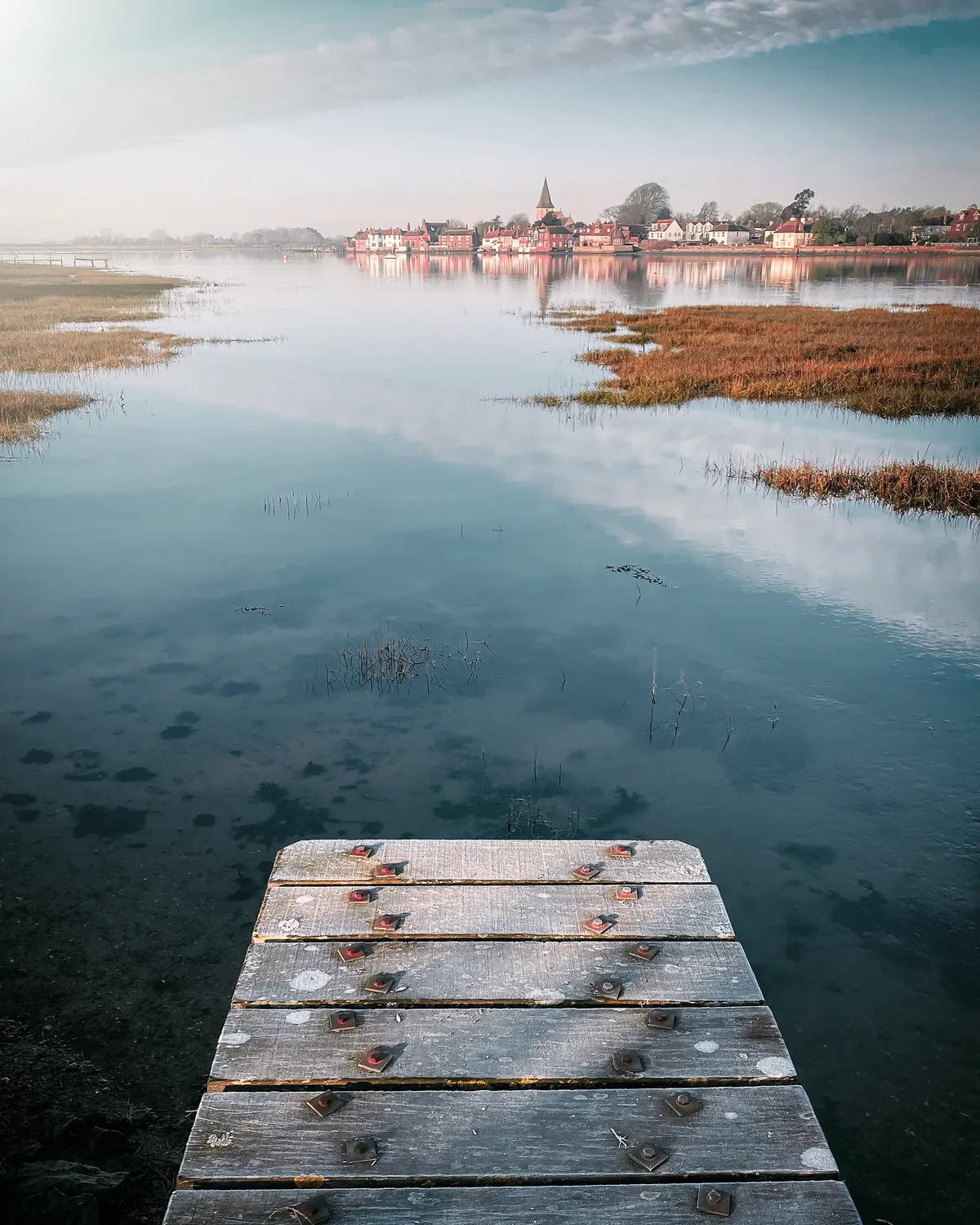
Light is everything in a photograph. And the best light for taking photographs is in ‘the golden hour’ – shortly after sunrise or before sunset. At the beginning or end of the day when the light is low and golden, the sky is often tinged with shades of yellow, purple and red, the shadows are long and the texture of the landscape is exposed. There might even be some mist, haze and dew on the grass. Everything just looks more interesting and atmospheric. No matter where you are, shooting in the morning or evening is by far the best time to photograph the world around you.
4. Play with selective focus
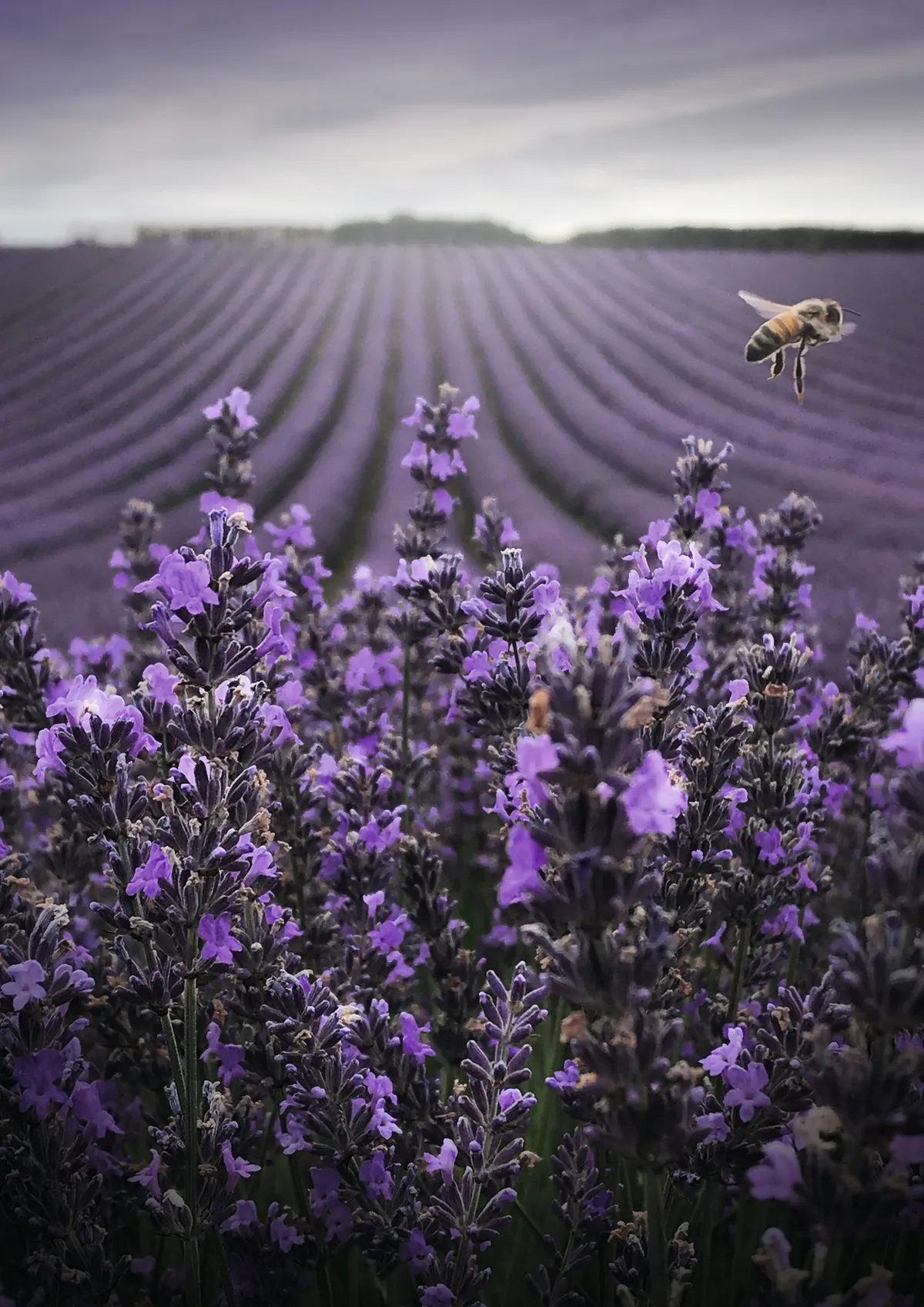
With a smartphone camera, it is slightly more difficult to achieve those lovely out-of-focus backgrounds that you see in professional photos. But by using selective focus and a bit of creativity, we can come pretty close.
Firstly, find something to place in the foreground, just a few inches in front of the lens. Try ducking in behind some long grass or twigs. Place the foreground object into the frame, then tap on the screen and hold to lock focus on the foreground object. This will force the background to lose focus, creating a sense of depth and that ‘professional look’ along with it. In photography terms, this is called a shallow depth of field.
5. Go macro

Macro photography means shooting small objects or details so that they appear large in your frame. Most modern smartphones are capable of close-up focus and can help you capture nature’s beautiful details: beads of water on a leaf, insects or the tiny hairs on a buttercup.
Zoom into your subject until you have reached maximum ‘optical’ zoom – in other words, hold the phone as close as you can to the subject without the image going out of focus. And shoot. For extra atmosphere, take your photos in the golden hour – the low-level sunlight will help highlight the finer details of your subject.
6. Check your reflections
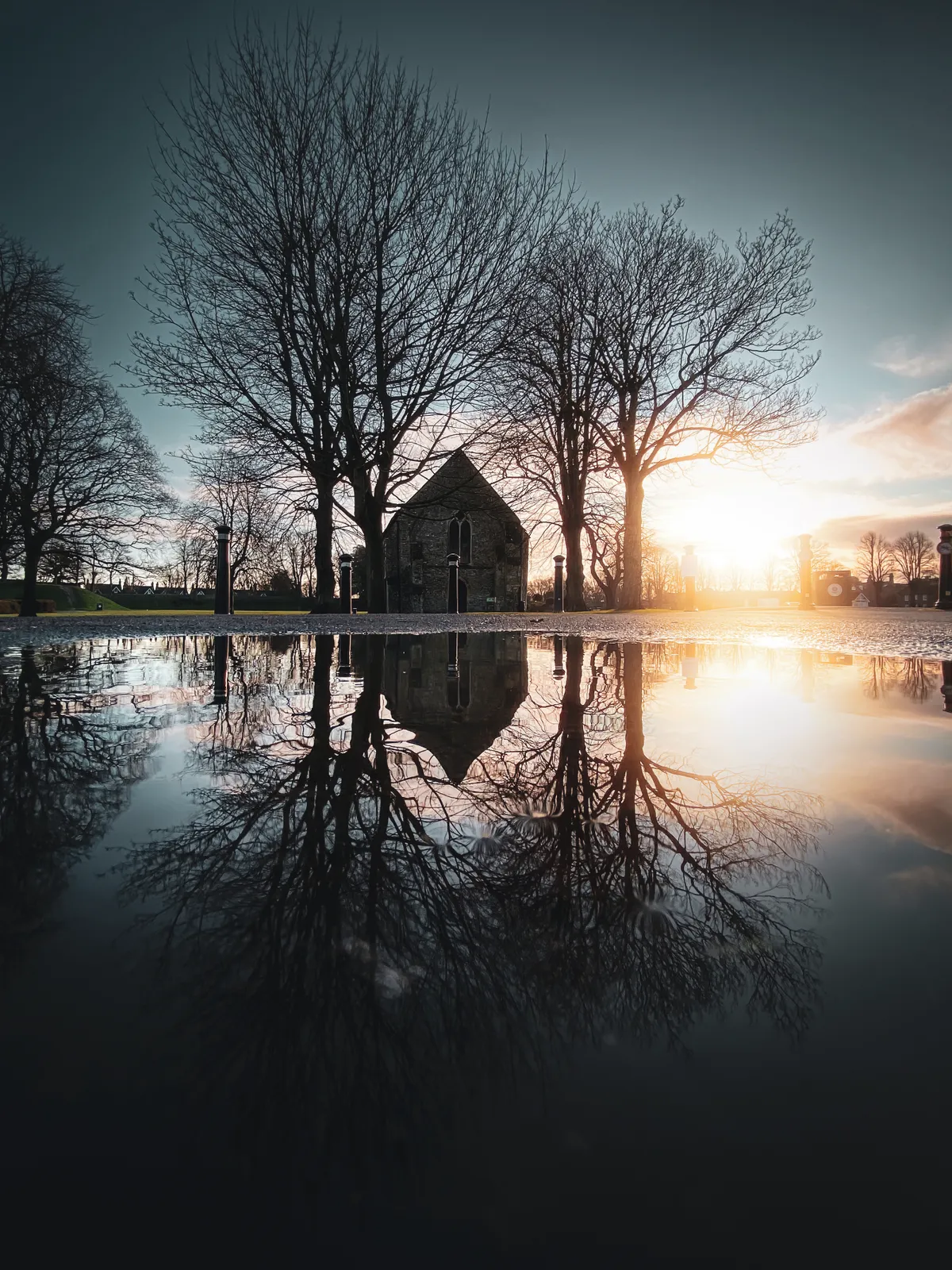
Taking advantage of reflections is a simple way to create magical and memorable shots wherever you are. While it’s possible to go out in search of reflections, more often than not, they are sprung upon us by chance. It could be a puddle, lake or rockpool.
The most dramatic reflection shots are achieved by shooting very close to the ground so that the reflection fills more of the frame. For extra mind-bending drama, turn your photo upside down before sharing it, so the reflection becomes the top of your picture. You may be surprised at the result.
7. Lead with perspective
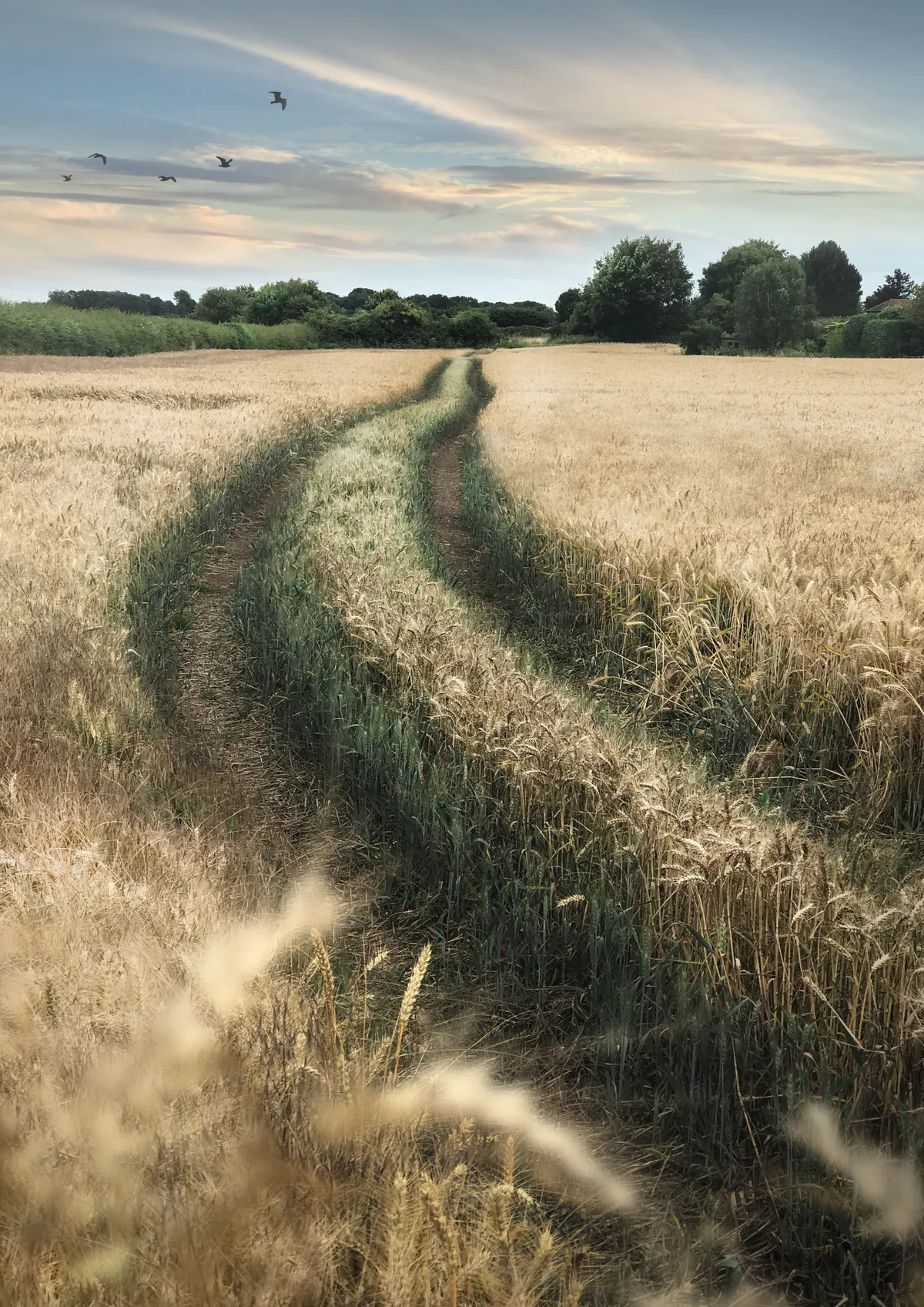
Perspective exists in every photograph we take. It’s what gives the two-dimensional photo its sense of depth, height, scale and proportion. But it is possible to use perspective in a more overt fashion, to create bold and eye-catching pictures. Try photographing down a winding road that leads off into the distance or along a fence, a line of trees or a path that leads the viewer to the subject.
8. Celebrate simple things
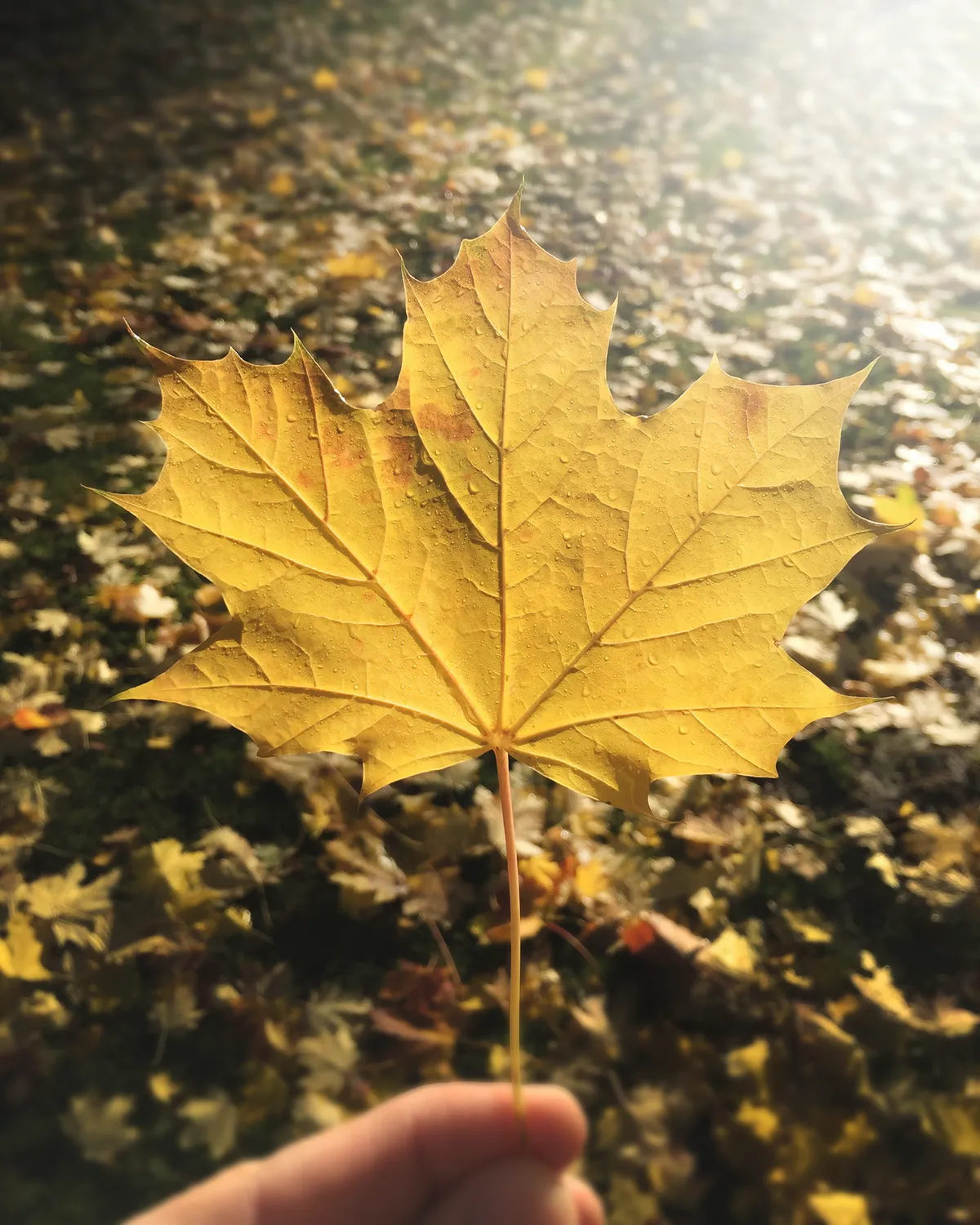
The temptation is to look for obvious beauty and classic frames – epic vistas, big skies or magical sunsets. These are all good choices, but you don’t need access to these things to take interesting pictures; you can capture simple, smaller-scale things instead.
Photograph a leaf. Think about shooting the details we so often miss. Use the morning light to help reveal the leaf’s detailed network of veins. Photograph shells washed up on a beach or capture the beads of dew on a newly formed spider’s web. These details tell just as much of a story about your surroundings.
9. Frame within a frame
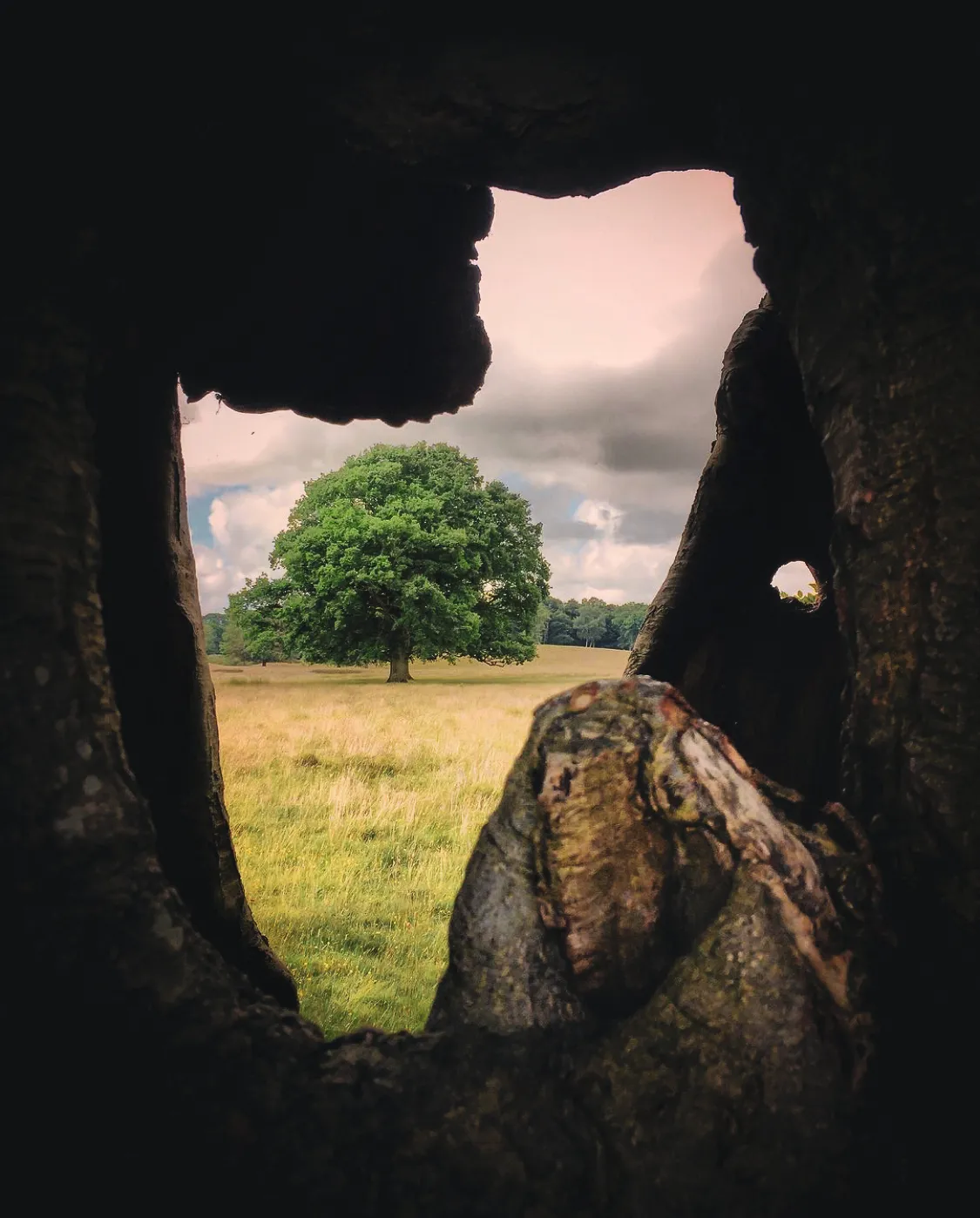
Sometimes using the framing of the camera lens alone can get a little repetitive, especially when nature offers up alternative solutions. A frame within a frame, if you like. Try shooting through frames within your surroundings. A gap in a fence, an opening in an architectural structure or a hole in a tree trunk, for example.
10. Choose a monochrome filter
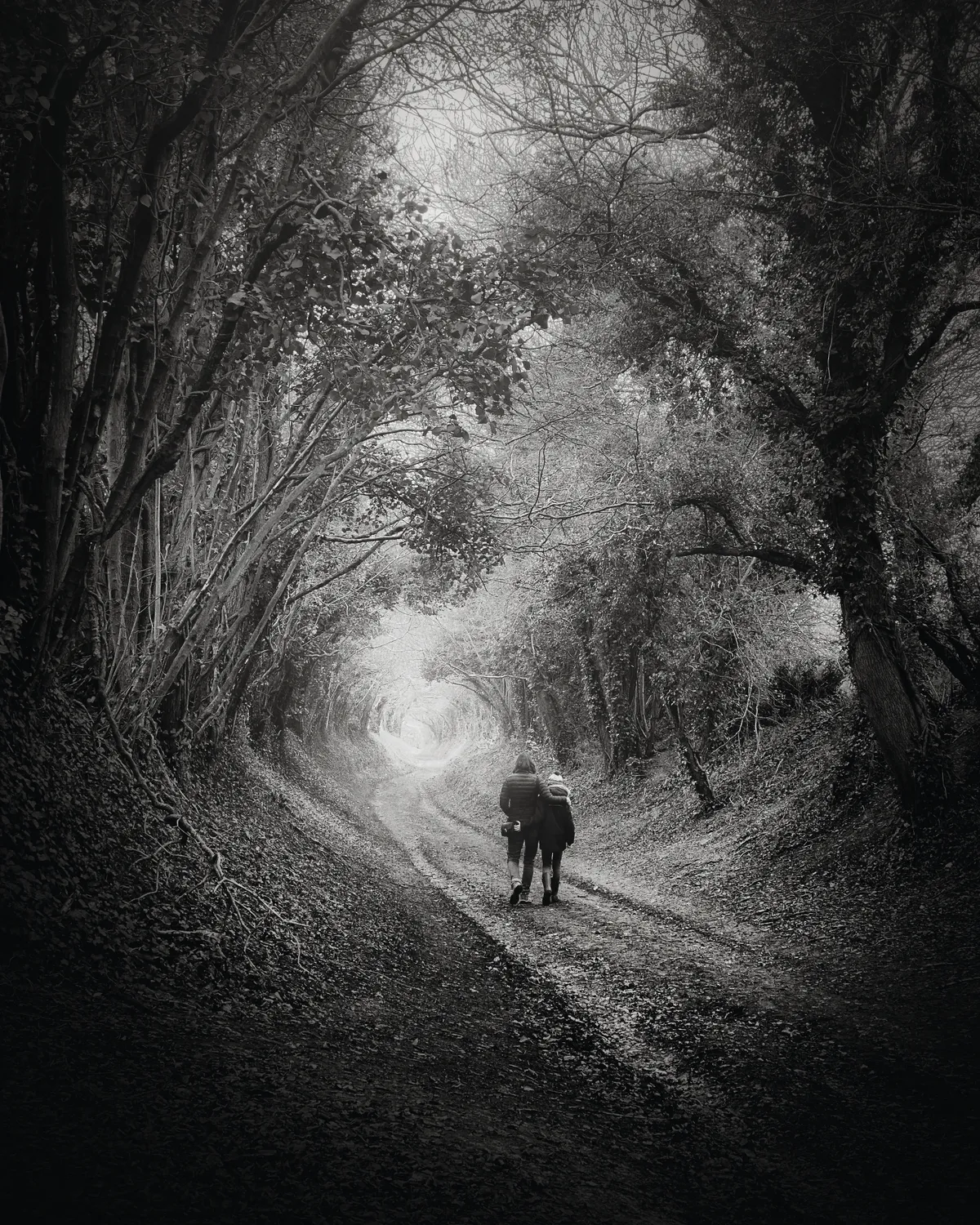
Black-and-white pictures remind us what photographs are: snapshots in time that can’t be returned to. For me, this is what makes black-and-white photography so emotionally resonant.
There is also a freedom that comes from shooting in black and white. Without colour, there are fewer choices to make, hence, less deliberation. Rather than converting your pictures to black and white afterwards, shoot them using a black-and-white filter. This way, you will be making creative decisions about what works in black and white in the moment.
All photographs by Mike Kus. The Pocket Photographer by Mike Kus is available from laurenceking.com
